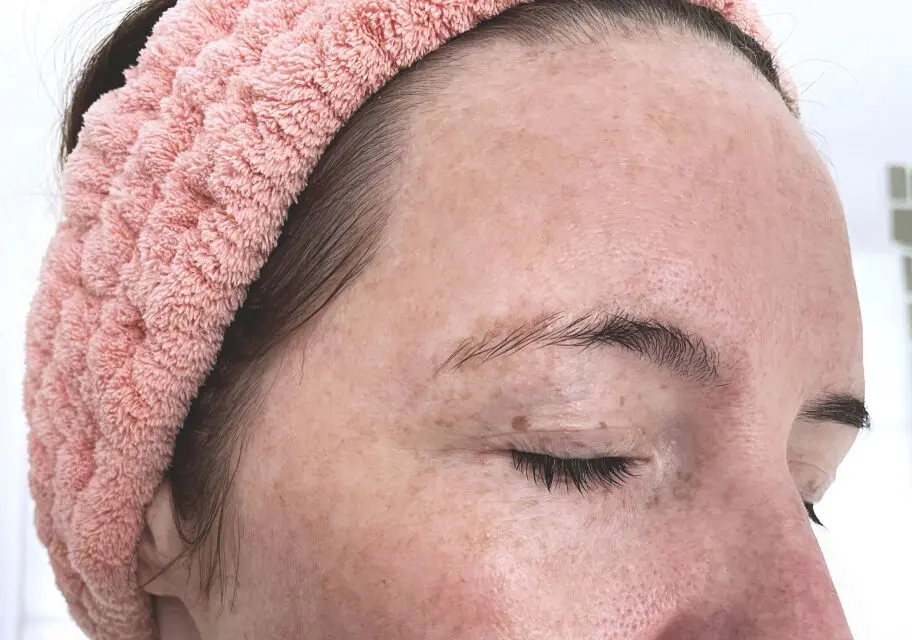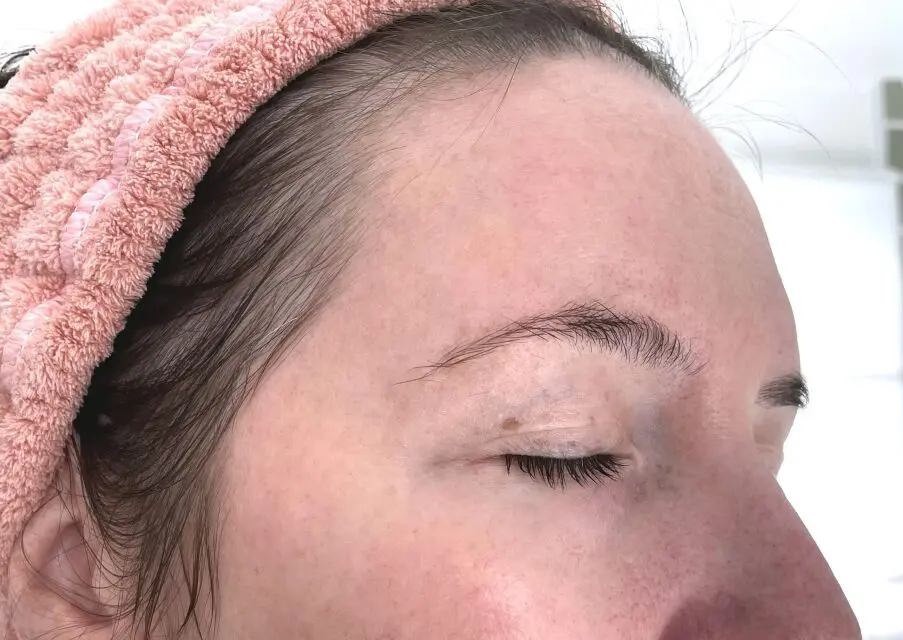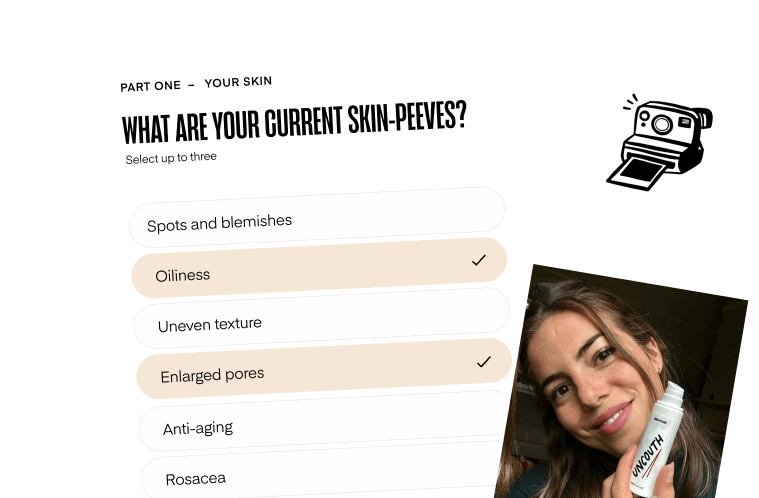straight-talking
journal
Your no nonsense skincare blog. Written by doctors.
All About Hyperpigmentation & Melasma
12 February 2024 | hyperpigmentation




Hyperpigmentation: what it is and how to treat it
Hyperpigmentation is a common skin condition characterised by dark patches or spots on the skin caused by an excess production of melanin. Melanin is the pigment responsible for giving skin its colour. When there is an overproduction of melanin, it can lead to hyperpigmentation. In this blog post, we’ll delve into two common types of hyperpigmentation – melasma and post-inflammatory hyperpigmentation (PIH) from acne scarring.
Melasma
Melasma typically presents as symmetrical, brownish patches on the face, particularly on the cheeks, forehead, chin, and upper lip. This type of hyperpigmentation is often triggered by hormonal changes, such as pregnancy or birth control pills, sun exposure, and genetics./p>
Post-Inflammatory Hyperpigmentation (PIH)
PIH occurs as a result of inflammation or injury to the skin, such as acne, eczema, or psoriasis. After the initial injury heals, it may leave behind dark spots or patches that persist for months or even years. PIH can affect individuals of all skin types but is more common in those with medium to darker skin tones.
Treating Hyperpigmentation
Fortunately, there are various treatments available to help reduce the appearance of hyperpigmentation and restore a more even skin tone. Here are some evidence-backed options:
Cosmeceutical Skincare Ingredients:
- Vitamin C: This powerful antioxidant helps to inhibit melanin production and brighten the skin.
- Alpha Hydroxy Acids (AHAs): Glycolic acid and lactic acid are AHAs that exfoliate the skin, promoting cell turnover and fading dark spots.
- Niacinamide: Also known as vitamin B3, niacinamide helps to reduce inflammation, inhibit melanin transfer, and improve skin barrier function.
- Tranexamic acid: A skin brightening ingredient that reduces the production of melanin synthesis, effectively reducing hyperpigmentation.
- Azelaic acid: Azelaic acid works to inhibit hyperpigmentation by reducing the activity of tyrosinase, the enzyme responsible for melanin production, and by decreasing inflammation, leading to a more even skin tone.
Prescription Treatments
- Tretinoin: A retinoid derivative of vitamin A, tretinoin accelerates cell turnover and promotes the fading of dark spots. It is available in various strengths and formulations and should be used under the guidance of skin experts.
- Hydroquinone: This skin-lightening agent works by inhibiting melanin production. It is highly effective and is considered by many the gold standard for the treatment of hyperpigmentation. It is prescription only in the UK and should be used as instructed by your prescriber.
Don't forget SPF!
It’s important to note that consistent and diligent use of these treatments is essential for seeing results. Additionally, sun protection is crucial to prevent further darkening of hyperpigmented areas. Daily application of a broad-spectrum sunscreen with an SPF of 30 or higher is recommended.
Conclusion
Hyperpigmentation can be a frustrating skin condition, but with the right approach, it’s possible to treat. Here at Uncouth we create your bespoke treatment plan with a combination of prescription grade and evidence backed ingredients to give you the best possible results.






